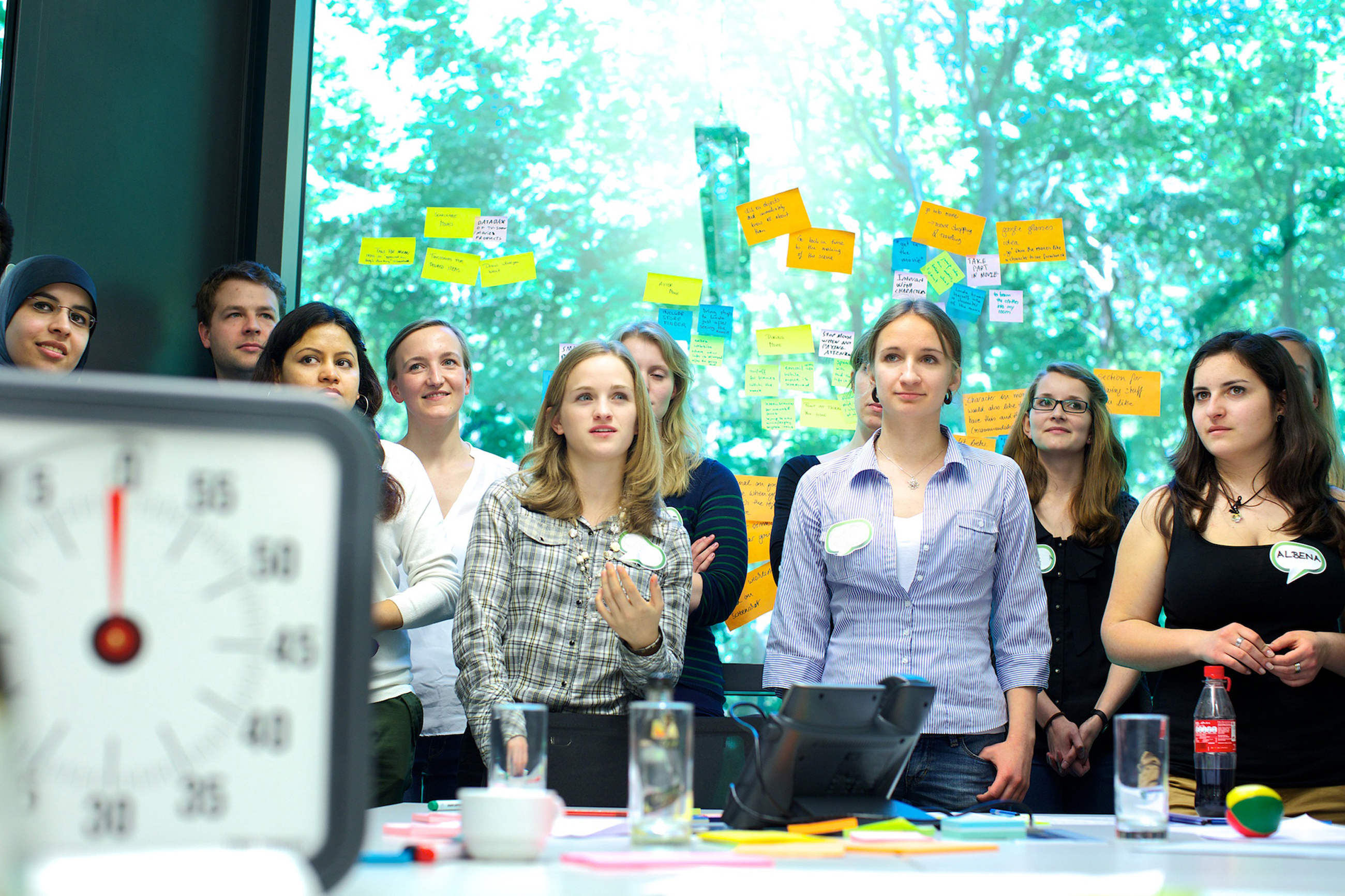 Welcome to the era of Business-As-Normal-As-Possible. As more people return to work (whether to a physical premises with colleagues or to that somewhat inspiring, semi-productive corner of a room somewhere in their homes), businesses are looking forward to 2022 bringing hope of stability, predictability and growth.
Welcome to the era of Business-As-Normal-As-Possible. As more people return to work (whether to a physical premises with colleagues or to that somewhat inspiring, semi-productive corner of a room somewhere in their homes), businesses are looking forward to 2022 bringing hope of stability, predictability and growth.
The severity of COVID infection seems to be waning, vaccination and antibodies are both on the rise, and employees are now more likely to be in the office and emotionally engaged than in the past two years. Those of us who are still here are the determined ones. We’ve escaped mortal danger that earlier waves of the pandemic caused at scale. We’ve navigated ‘The Great Resignation’ – the exploration of purpose and meaning by employees – and have either already made a career move or have decided to stay… both very powerful mindset and career stances.
As the great return to normality unfolds, it’s a good idea for businesses both large and small to consider two key themes for survival and growth in 2022 – Employee Relevance and Customer Value.
Employee Relevance
We don’t merely work for money these days. We need meaning, alignment, a deeper sense of involvement, accountability, respect, belonging, recognition, purpose and joy. If you asked a group of staff members what they value most at work now, I would argue that self-esteem factors rank significantly higher now than in pre-pandemic times.
We also don’t have time for friction. Office politics, gossip, inefficient processes, slacking colleagues, stigma, discrimination, unfair practice or antiquated tools and systems fall into the category of ‘yeah, we know it’s a problem but it’s not that urgent’ issues that businesses cannot afford to ignore any longer.
For employees, the elusive work-life balance challenge seems to have shifted where people now make time for work and life comes first, within reason. To drive productivity, revenue growth and profitability in 2022, businesses need to prioritise investment of time, energy and funding into the projects that will ensure employees want to work there and projects that remove the likelihood of giving them a reason to look somewhere else.
Customer Value
If you get employee relevance right, customer engagement naturally benefits as your internal culture has a knock-on effect to your customers, suppliers, shareholders and partners. Imagine the difference between a customer support consultant in a call centre who truly appreciates where they work and another who is disgruntled due to poor office culture. Now image the same comparison in a retail store, where your business is still trying to make the sale.
To determine customer value, we need the customer to tell us that the product or service they consume is adding value and to quantify or qualify this to some extent. We don’t get to decide customer value, we can merely perceive expected value. So, to achieve this, it means employees need to do a great enough job to convince a customer to make a purchase – be it online, in-store or through a partner, then we need to have the confidence and means to reach out to that customer in order to ask if the product or service was as expected and useful, and we need to convince them to give us the feedback as honestly and constructively as possible.
Seems achievable right?
Maybe… but the true measure of value delivered will be determined by whether or not they return to buy the same product or service, recommend it to others or buy from the rest of the product catalogue. Lifetime value can be measured once a customer repeats their buying behaviour or expands their range of products bought. You can start to drill down into their recency of purchasing, frequency of purchasing, typical monetary value per purchase, or total purchase value over time. As a business, if you achieve repeat purchase behaviour it means you’re getting something right. Either the customer loves the brand, or they value the quality of products, or they appreciate the way you personalise communication and appear to truly understand them.
In 2022, if businesses begin to put customer lifetime value top of mind, it will force the right line of questioning in every big business decision. Do we make those changes to the loyalty app? Do we invest in the track and trace capability, so customers can track their deliveries? Do we switch couriers or suppliers to improve lead times? Do we change the profitability dashboards, so that we know how much customers have spent on our brand? Do we create a single view of customer engagement and history so that our support teams know the status of orders or complaints when a customer calls in?
Progress
Good things come in threes, so a third consideration that lends itself to employee relevance and customer value is to measure progress. It’s no good introducing new processes or tools if you are not tracking the usage and value gained from those new additions. If there is a way to track data for one of these investments, do it and share the insights far and wide so that both staff and project sponsors can see the outcomes in near real-time. Providing some correlation between usage of employees tools and the reduction in sick days or growth in job satisfaction scores, or providing some correlation between customer-facing add-ons and the growth in customer browsing behaviour online or revenue growth, will do wonders to show the real positive impact being achieved through process and system investments.
Generally, when good news is shared in a transparent and authentic manner, it fosters a great working culture that is continuously improving and is willing to share and receive feedback as a means to do so.
There are only 365 days to make an impact this year and some of those have already passed by in the haze that is New Year. To make this more tangible, try to commit to identifying one project that will improve employee relevance and one project that will improve customer value by the end of January. Don’t worry about how to deliver the projects just yet… just use the process to begin asking the right questions and getting the buy-in from colleagues and executive management to commit the right level of focus and attention to these two themes this year. Do this, and 2022 will be off to a great start!
This blog first appeared on LinkedIn.



